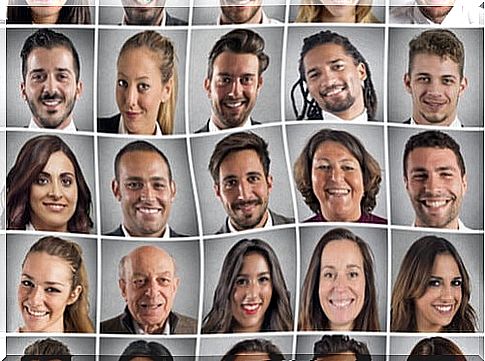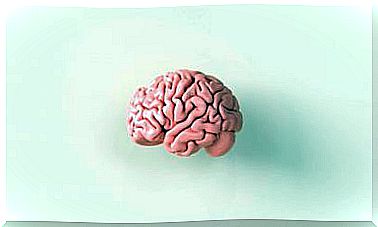Reliable Faces, Unforgettable Faces And Those That Condition

Rightly or wrongly, studies have shown that people tend to make judgments about others based on their appearance. Faces are one of the deciding factors for many to automatically decide whether they can trust someone, for example. There are also faces that condition and others that are never forgotten.
In principle, people make instantaneous judgments about the reliability that someone wakes up to. That impression is formed from the features of the faces and not necessarily from their expression. Basically, a sensation is generated that tells each person if the person in front of them awakens tranquility or mistrust.
This assessment of the faces is done in fractions of a second and is not tied to a particular idea. Nor can it be classified as instinctive, because there are influences and cultural dimensions that unconsciously lead to value certain traits, to the detriment of others. Let’s see what the researchers say about it.

A study on faces
Carmel Sofer’s team, from Radboud University in Nijmegen (Netherlands), together with Princeton University, in New Jersey (United States), carried out a study on faces and the sensation they cause in most of people.
In the core experiment, the researchers took 92 photographs of female faces and matched the facial features that appeared in the images. In this way, they created a prototype of what could be called an “average face”. Likewise, they created the image of what could be considered an attractive face.
Based on those two models, they made nine combinations and in the end created 11 variations. They combined the variable “typical face” with that of “beautiful face”. The scientists ranked the photographs of the faces, from “most typical and less beautiful” to “less typical and more beautiful. ” They then asked the volunteers to identify the one they felt most confident about.
The results were overwhelming. Many of those who participated in the experiment indicated that the face that inspired them the most confidence was the one in the middle of the scale. The experiment was repeated several times and in the end the researchers concluded that the most reliable faces are those that, in general, are more common.
Another experiment on sensations
Researchers Alexander Todorov and Nikolaas Oosterhof also conducted a study in which they sought to define which were the traits of people that were reliable or perceived as “safe” for others and which were not.
To establish these data, the researchers showed a series of photographs to a group of volunteers and asked them to describe the sensations that faces conveyed to them. To make the evaluation more precise, they were given a list of 12 characteristics and the participants had to mark the one that corresponded to each image.
The results indicated that the most reliable faces were those of people who had a “u” shaped mouth and whose gaze had a shocked expression. In turn, those who seemed least reliable to these people were those who had their mouths in the shape of an inverted “u” and frowned.

The unforgettable ones and the ones that condition
In other research led by Holger Wiese, Carolin Altmann and Stefan Schweinberger of the Friedrich Schiller University of Jena in Germany, they looked for the clue of the faces that people remembered best. What they found in the end is that people tend to remember the most attractive faces, as long as they do not correspond to a “conventional beauty”.
The researchers verified that there are patterns of beauty that become fashion. This makes people who match that type of aesthetic as one and are lost in memory. Therefore, only those faces that deviate from this pattern tend to be clearly remembered. The faces of unattractive people are remembered more strongly.
On the other hand, it was investigated by the faces that condition, that is, those that affect the person in some way when he sees them and generate a kind of “stop”. It has been proven that this happens when someone shows a very strong emotion on their face, be it joy, or sadness, anger, etc.
What can all this information do for us? It may be a good idea to identify the sensation that our face causes in others. If we are in the group of those who generate more acceptance through their face, we can take advantage of that to our advantage. If we belong to the other group, it is good to understand that the phenomenon is not deterministic: there are more variables that influence the first impression that a person makes.









